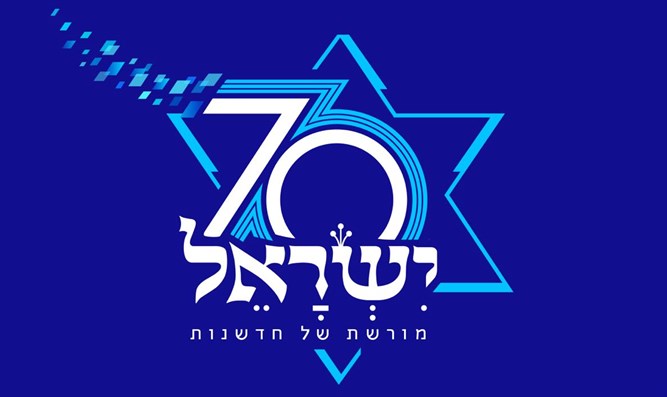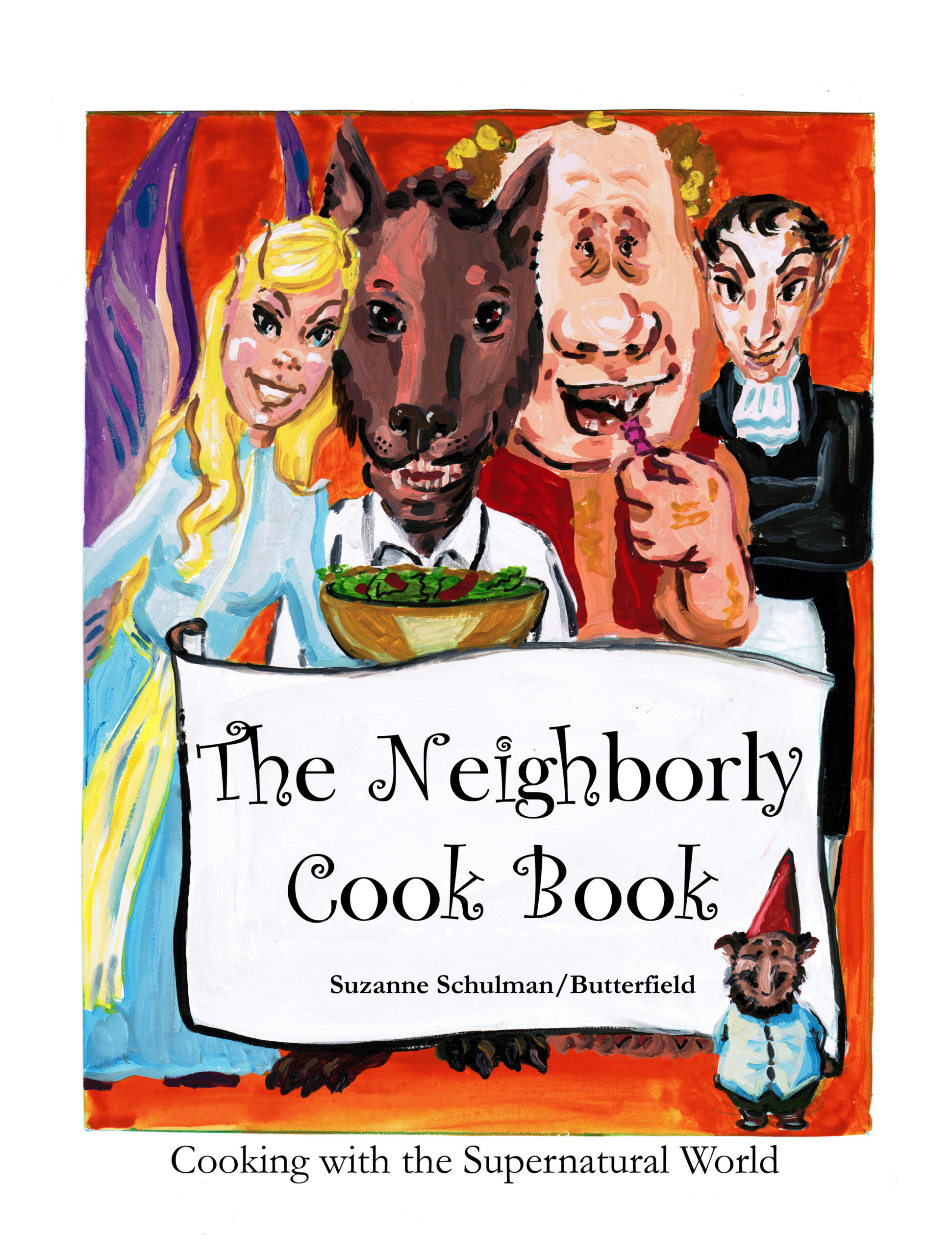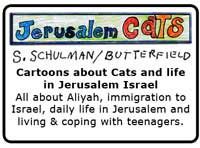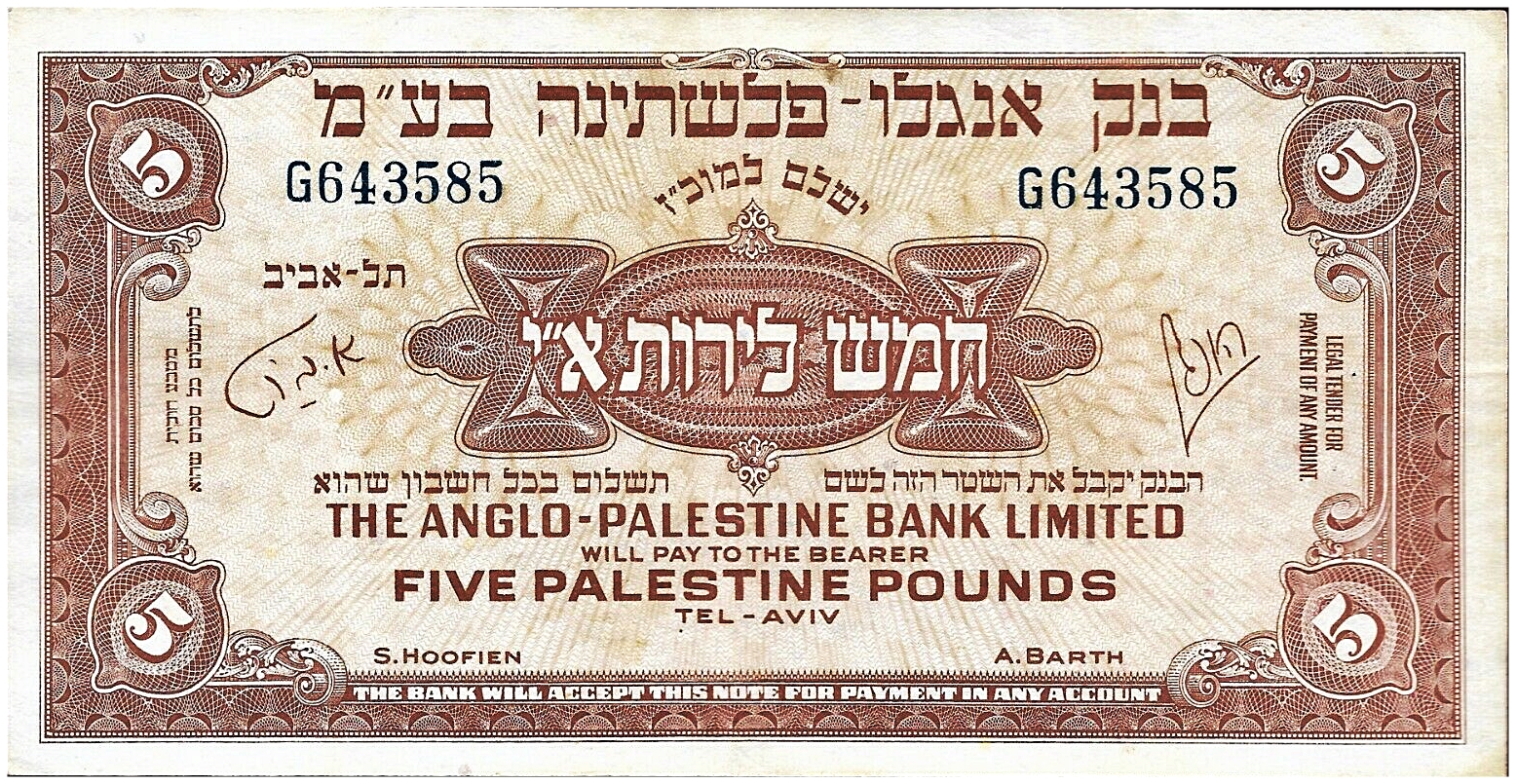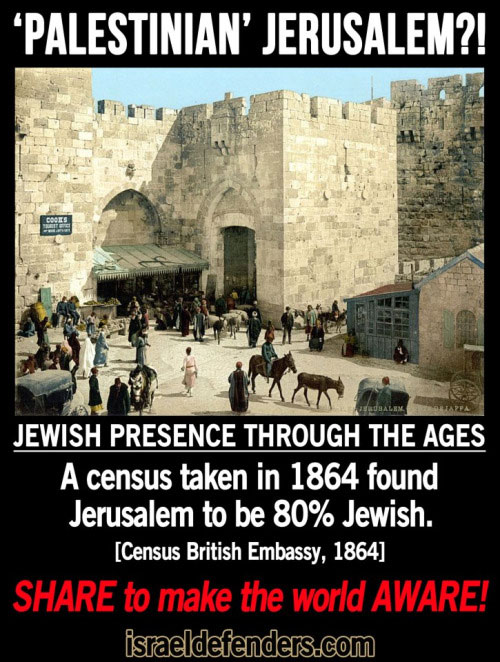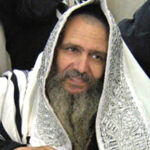
A Yom Hillula is another word for yahrzeit (the anniversary of someone’s passing). However, it differs from a regular yahrzeit in two respects. It refers specifically to the yahrzeit of a great Tzaddik who taught Kabbalah and/or Chassidus, and unlike a regular yahrzeit, which is marked with sadness and even fasting, a Yom Hillula is commemorated specifically through simcha (joy), and festive celebration. This term is most often used in Hasidic circles to refer to the day of the passing of Hasidic Rebbes. According to Kabbalah, on the Yartzheit of a Tzaddik, all the spiritual redemption of their life shines into this World, contributing to the Messianic redemption and bringing spiritual blessing to all who are connected to them. The supreme Tzadik of the generation is described as the all-inclusive, general soul of the Jewish people, further emphasised in Hasidic doctrine.
Shlomo Yitzchaki (Hebrew: רבי שלמה יצחקי), or in Latin Salomon Isaacides, and today generally known by the acronym Rashi (Hebrew: רש”י, RAbbi SHlomo Itzhaki; February 22, 1040 – July 13, 1105), was a medieval French rabbi and long highly esteemed as a major contribution Ashkenazi Jewry gave to Torah study. He is famed as the author of a comprehensive commentary on the Talmud, as well as a comprehensive commentary on the Tanakh (Hebrew Bible). He is considered the “father” of all commentaries that followed on the Talmud (i.e., the Baalei Tosafot) and the Tanach (i.e., Ramban, Ibn Ezra, Ohr HaChaim, et al.).[1][2]







